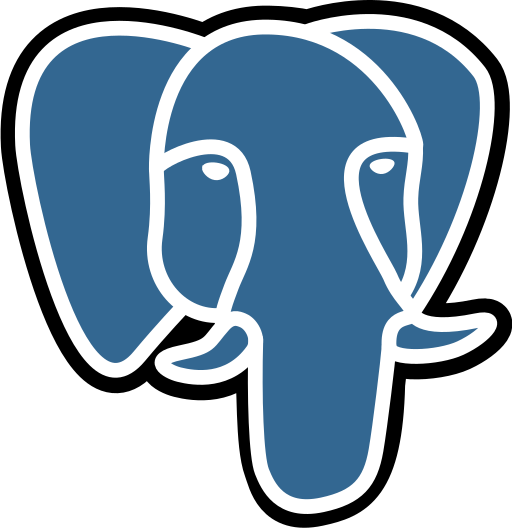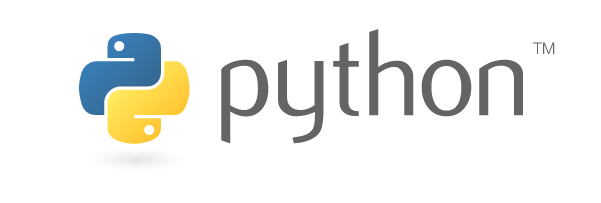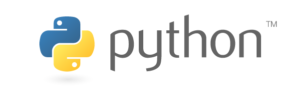Now we have a draft version of a python package to integrate the smart data models with your developments. It is a beta version so you can expect some issues when using it. We will be glad if you report it at info@smartdatamodels.org or suggest new features. Thanks to Anthony Uphof for his contributions (only a few of them are in this draft, next version will include them)
To install
pip install -i https://test.pypi.org/simple/ pysmartdatamodels
The functions included are:
1- List all data models. Function list_all_datamodels()
2- List all subjects. Function list_all_subjects()
3- List the data models of a subject. Function datamodels_subject(subject)
4- List description of an attribute. Function description_attribute(subject, datamodel, attribute)
5- List data-type of an attribute. Function datatype_attribute(subject, datamodel, attribute)
6- Give reference model for an attribute. Function model_attribute(subject, datamodel, attribute)
7- Give reference units for an attribute. Function attributes_datamodel(subject, datamodel)
8- List the attributes of a data model. Function attributes_datamodel(subject, datamodel)
9- List the NGSI type (Property, Relationship or Geoproperty) of the attribute. Function ngsi_datatype_attribute(subject, datamodel, attribute)
11- Print a list of data models attributes separated by a separator. Function print_datamodel(subject, datamodel, separator, meta_attributes)
12- Update the official data model list or the database of attributes from the source. Function update_data()










